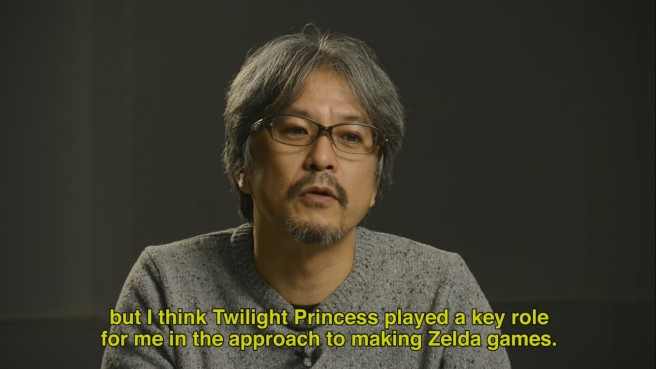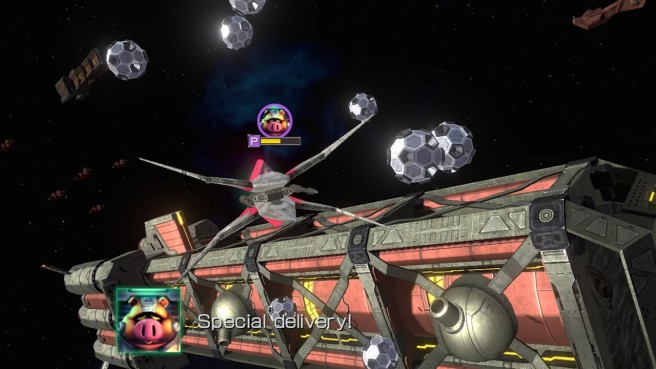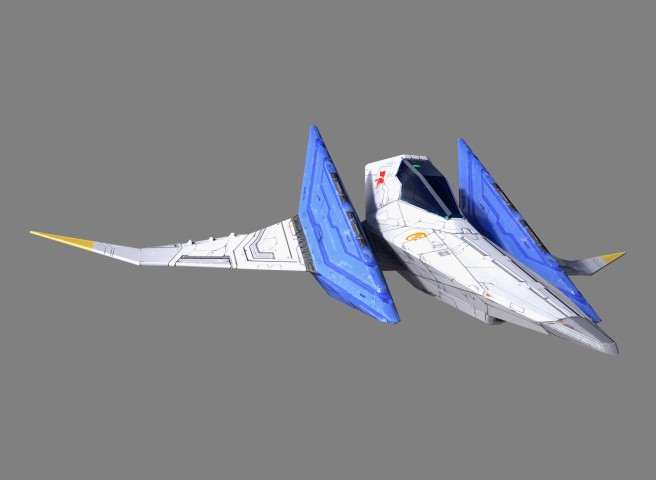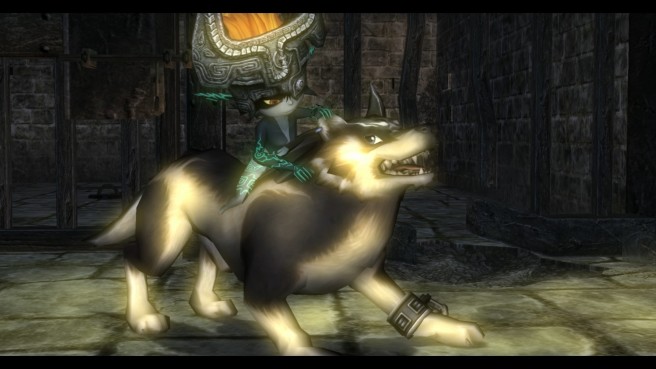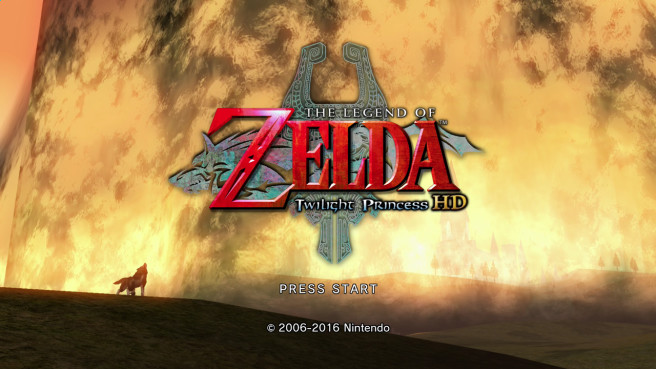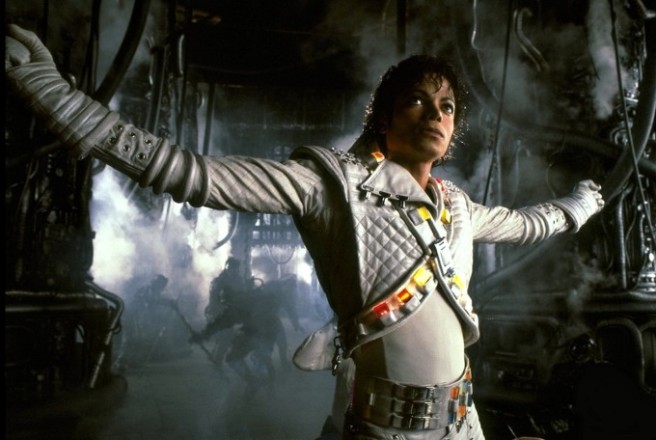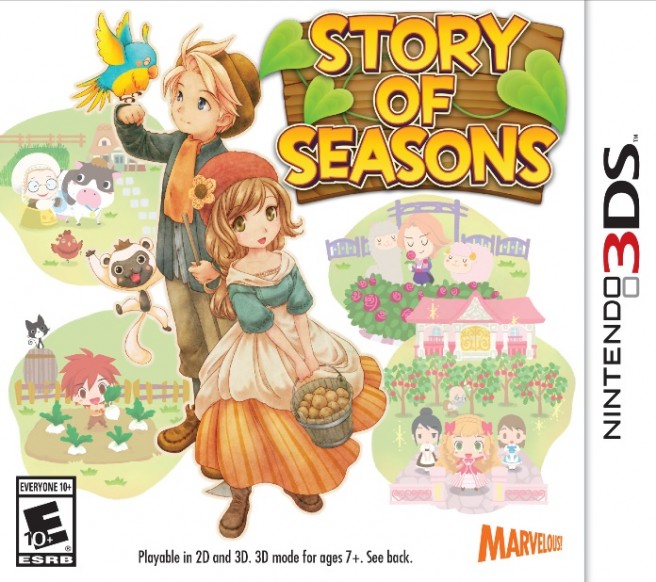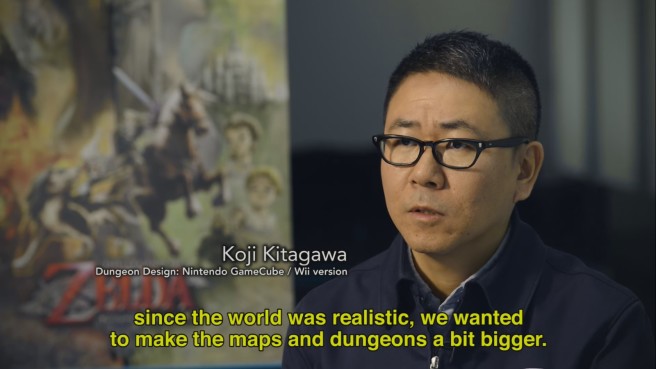Zelda: Twilight Princess retrospective – episode 4: “Reborn on Wii U”
Posted on 9 years ago by Brian(@NE_Brian) in Videos, Wii U | 0 comments
Nintendo has concluded its new retrospective video series for The Legend of Zelda: Twilight Princess HD. Check out the last episode below, which has a few staff members reflecting on bringing the experience to Wii U.
Video: Miyamoto on how Star Fox Zero came to be, series’ origins, more
Posted on 9 years ago by Brian(@NE_Brian) in Videos, Wii U | 5 Comments
The Game Theorists recently had an opportunity to speak with Shigeru Miyamoto about how Star Fox Zero came to be, the series in general, and more. You can watch the full discussion below.
Miyamoto on Star Fox Zero’s delay and fan feedback; motion controls can’t be turned off
Posted on 9 years ago by Brian(@NE_Brian) in News, Wii U | 30 Comments
This information comes from Shigeru Miyamoto…
“The biggest reason [for the delay] is that we didn’t set out to create a Star Fox game to begin with. We started creating a bunch of different experiments that use the GamePad and the TV with two-screen gameplay. We started with those and introduced some of those different games.”
“What we found in making [levels] compact, the Star Fox fan really wanted something that felt more like a Star Fox game. They, in particular, were interested in having the map and those junction points and a game where your strategic approach through the map was really important to them. We spent a lot of time rearranging the content and building the levels in a way that took advantage of the map. We made a lot of smaller changes, as well. We changed some of the icons on the screen. We changed enemy placement and balance. We made changes for people who are maybe new to Star Fox to make the game play a little bit easier for them to understand with the heads-up display and things like that.”
– Motion controls can’t be turned off
< ahref="http://www.gameinformer.com/games/star_fox_zero/b/wii_u/archive/2016/03/03/star-fox-zero-has-been-drastically-overhauled-following-fan-criticism.aspx">Source
More: interview, PlatinumGames, Shigeru Miyamoto, Star Fox Zero, top
Miyamoto wanted an Arwing amiibo for Star Fox Zero, but had to give up on it
Posted on 9 years ago by Brian(@NE_Brian) in News, Wii U | 7 Comments
This information comes from Shigeru Miyamoto…
“We were working on a couple of ideas for the game for well over a year. There was one point where we had an Arwing Amiibo that would transform into the walker. But it was really tough to execute that in the normal Amiibo size and in a way that met with product-safety standards. We had to give up on it. For now, it’s only going to work with Fox and Falco from the Super Smash Bros. series. At some point, if we don’t have to do it at Amiibo size, it might be nice to have that Arwing that can transform into a walker.”
More: Amiibo, interview, Shigeru Miyamoto, Star Fox Zero, top
Video: “Miyamoto On Star Fox Zero’s New Flight Plan”
Posted on 9 years ago by Brian(@NE_Brian) in Videos, Wii U | 9 Comments
More: interview, PlatinumGames, Star Fox Zero
Aonuma and Sano on Twilight Princess HD – thinking behind remake, Miiverse stamps, Wolf Link amiibo, more
Posted on 9 years ago by Brian(@NE_Brian) in News, Wii U | 1 Comment
Nintendo Life has published its full interview pertaining to The Legend of Zelda: Twilight Princess HD. Series proucer Eiji Aonuma and Wii U assistant director Tomomi Sano participated in the discussion. Between the two, they discussed the thought process behind remaking Twilight Princess HD, the frame rate, enhancements that were tough to implement, and what went into the Miiverse stamps and Wolf Link amiibo.
Head on below for some excerpts from the interview. For the full talk, visit this page.
Aonuma talks about how Zelda: Twilight Princess connected with his wife and son
Posted on 9 years ago by Brian(@NE_Brian) in General Nintendo, News | 5 Comments
Nintendo Life recently had the opportunity to speak with Zelda series producer Eiji Aonuma about Twilight Princess HD. When asked about what makes the game an important entry in the franchise and resonating with players, Aonuma decided to refer to the experiences his wife and son had with the game.
Here’s what he shared:
This is a very difficult question. There’s lots of different things that make Twilight Princess an important title, and I don’t have a single conclusive answer for you. However, there was one thing rather personal to me that stands out. Until the original version was released, my wife had never shown any interest in playing any of the games I’d made. But all of a sudden, without any encouragement from me at all, she played through the whole of Twilight Princess together with our son, who was just three at the time.
I asked her why she decided to play and she replied that she thought the game would be too difficult for our son to play by himself, so at first she wanted to help him by playing through the first part of the game for him. Before she realized it though, she found that she wanted to play through to the end herself. I think that maybe the setting of the game somehow appeals to the kind of people who wouldn’t normally be interested in this type of game.
Even my son, who at the time was too scared of the Imp Poes to play the game has recently played through the Wii version. I didn’t have to encourage him to either, he said that he just thought that maybe now he’d be able to play though to the end. I think that maybe this game has something to it that means you can play it even now without the game feeling too dated. And I think that is even more true with this HD version where you can experience the setting much more vividly. I hope that both people who played the original and those who didn’t will be able to really enjoy delving into the game’s world in this new version. (I’m quite sad that I wasn’t able to tell my son that if he waited a little bit longer then he’d be able to play an HD version, haha).
Disney Infinity designers – possibility of Captain EO figure, best-selling characters, lots more
Posted on 9 years ago by Brian(@NE_Brian) in News, Wii U | 11 Comments
Today, GamesBeat published a new interview with Disney Infinity vice president of production John Vignocchi and Avalanche Software founder John Blackburn about the toys-to-life game. There were a bunch of topics discussed, including the possibility of a Captain EO (Michael Jackson film shown at Disney theme parks) figure, the best-selling characters, why a 4.0 release isn’t happening this year, and more.
We’ve picked out some excerpts from the interview below. You can find a ton more on GamesBeat here.
XSEED localizer on why Story of Seasons sold so well in the west
Posted on 9 years ago by Brian(@NE_Brian) in 3DS, News | 6 Comments
Story of Seasons ended up being XSEED’s fastest-selling game. In an interview with Nintendo World Report, the publisher’s Tom Lipschultz commented on why he believes it sold so well despite no longer carrying the Harvest Moon name.
He said:
“Because Bokujo Monogatari fans know that STORY OF SEASONS is the new name for the series they’ve grown up with, and they’re very dedicated to that series. It could’ve been called anything in English (my suggestion was “Cornutopia,” though that got vetoed pretty quickly!), and fans would still know right off the bat that regardless of what it says on the cover, the game they’re playing is Bokujo Monogatari. With all the good will this series has built up over the years, and the consistent level of quality seen in the games that bear its name, it only stands to reason it would sell well. After all, when you buy a Bokujo Monogatari title, you know exactly what you’re getting, and you know before your system even powers on whether or not you’re going to like it.”
XSEED announced last July that Story of Seasons had sold 100,000 copies. It beat out Rune Factory 4 as the previous record holder as the company’s fastest-selling game.
More: interview, marvelous, sales, Story of Seasons, Tom Lipschultz, XSEED Games
Zelda: Twilight Princess retrospective – episode 3: “Gameplay & Dungeons”
Posted on 9 years ago by Brian(@NE_Brian) in Videos, Wii U | 8 Comments
Nintendo has continued its new retrospective video series for The Legend of Zelda: Twilight Princess HD. Check out the third episode below, which has a few staff members reflecting on the gameplay and dungeons.
